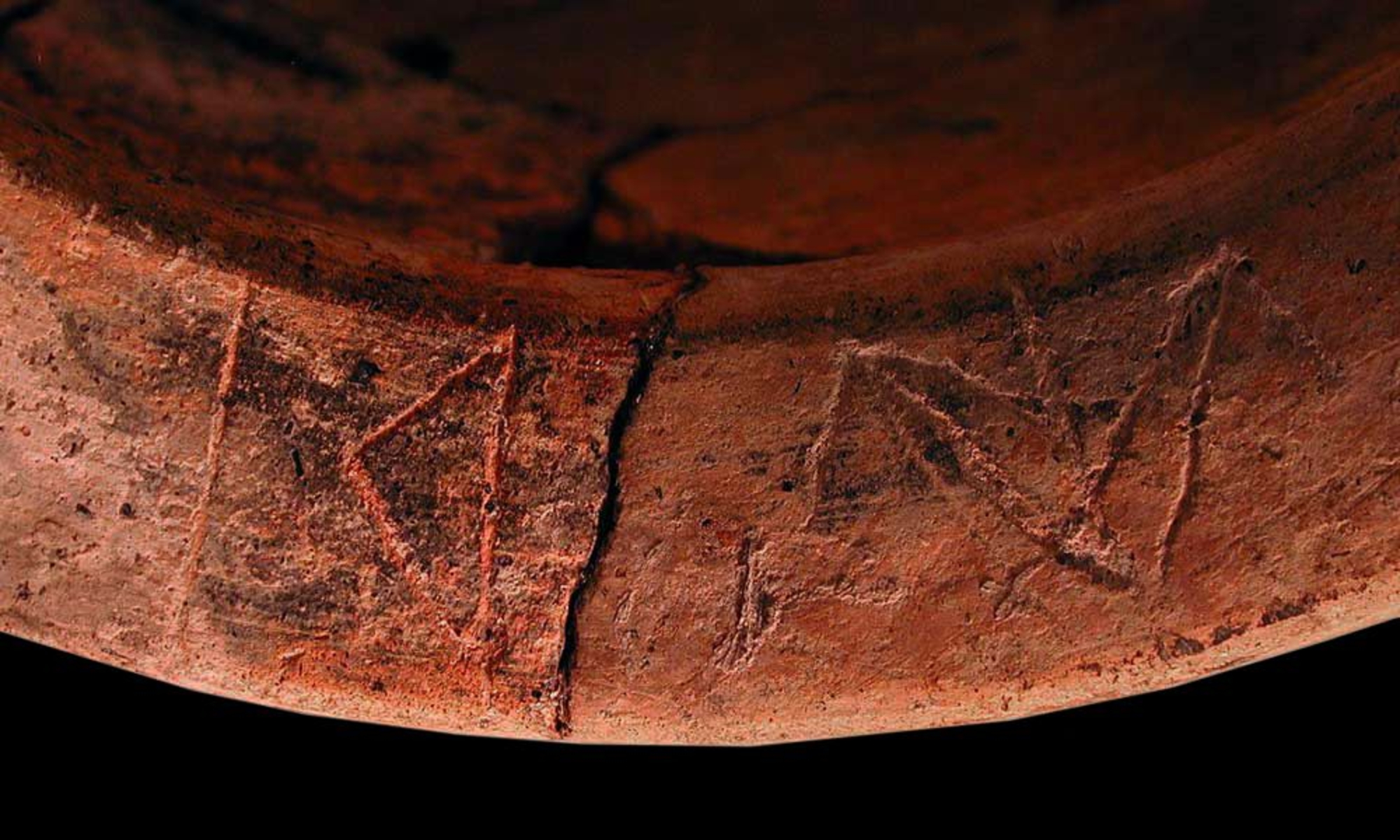
- Home
- Crafts and trade
- Italic influences
225/100 BCE
In the late 3rd century BCE, Lattes was affected by socio-economic changes that took place across all of southern France. This pivotal period was marked by a growing share of Italian imports. Wine was the most significant of these, but imported items also included dishes, cups, plates and bowls made in Campania in southern Italy, as well as mortars. Gradually, Italian products supplanted Massalian wine. This was also the moment when Catalan wine was imported, no doubt through the influence of the town of Ampurias. Indigenous, non-wheel-thrown ceramics were still present, particularly those for food preparation, and regional wheel-thrown productions increased. ”Céramique claire”(pitchers, generally) was always appreciated. Celtic and Spanish ceramics, particularly those from Catalonia, were also imported.The founding of the Roman colony of Narbo (Narbonne) in 118 BCE marked a turning point in the history of the peoples of Languedoc. Gradually, towns like Lattara would be given a place in the political framework desired by Rome, and given protection under Roman administration.








